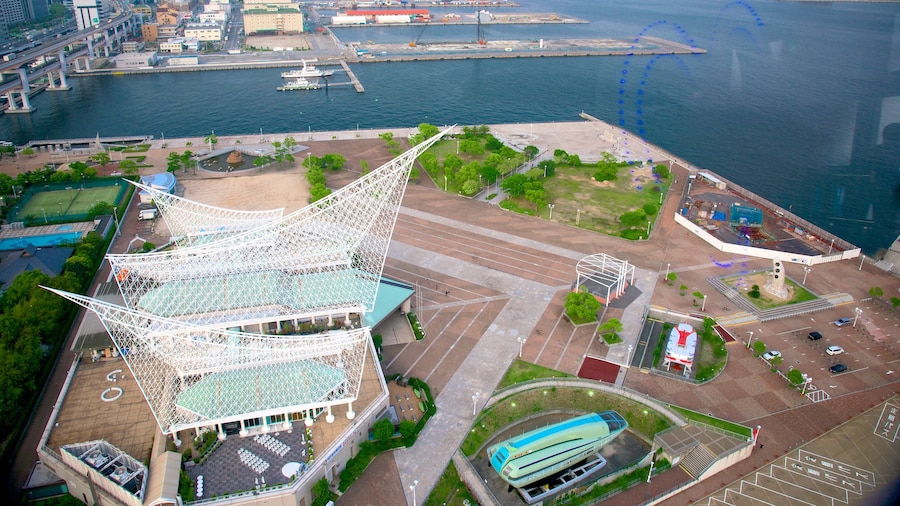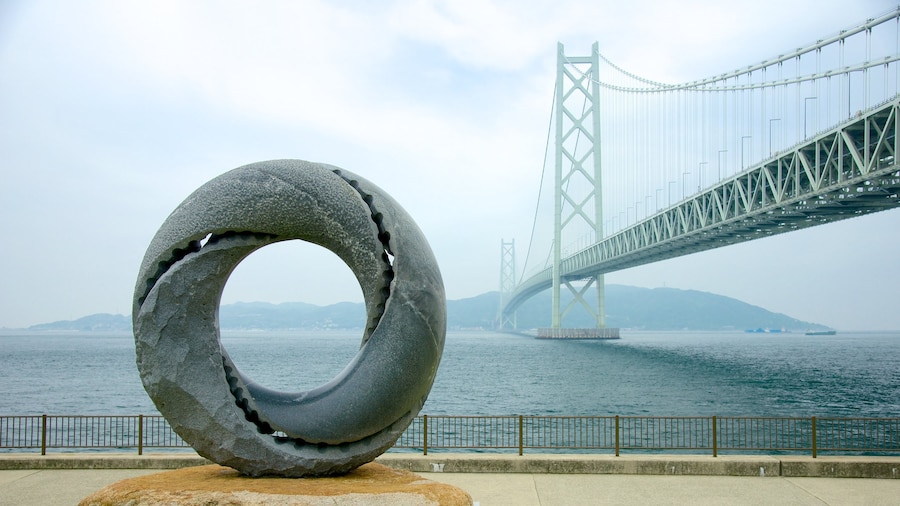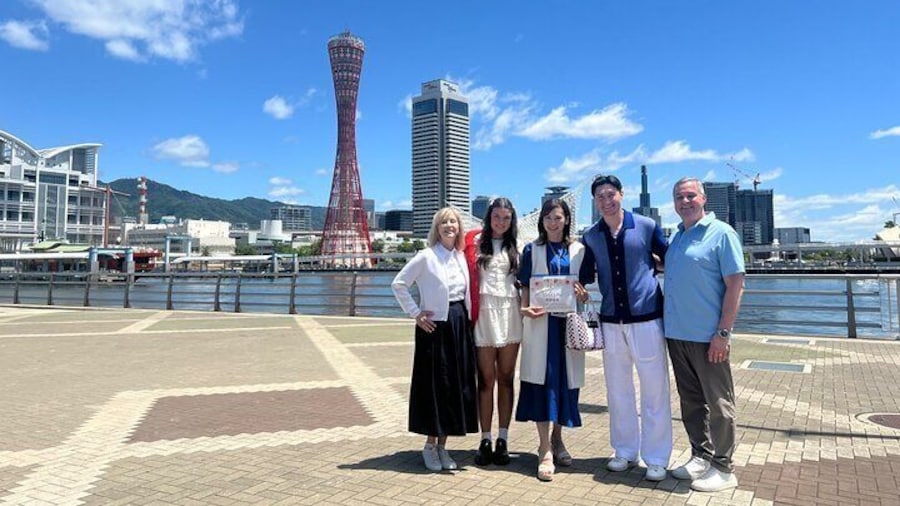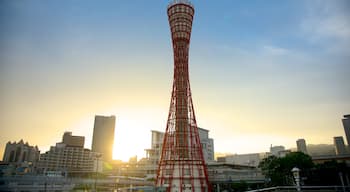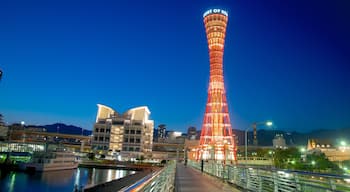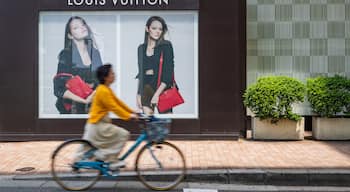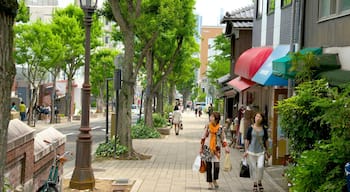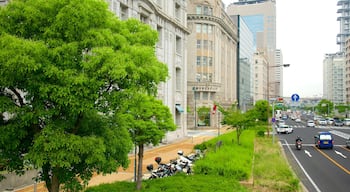More than 100 restaurants and dozens of shops make up Kobe’s Chinatown, also known as Nankinmachi. Three ornate gates decorated with traditional Chinese decorations and fierce dragons mark the entrances to this district, which is among the biggest Chinatowns in Japan. Discover aromatic street food and restaurants serving classic dishes from many provinces of China as well as shops, a temple and a central pavilion adorned with the signs of the zodiac.
Step inside Chinatown and leave the traditions and cuisines of Japan behind you. The district, which measures 360 feet (110 meters) by 890 feet (270 meters), is a noisy, bustling place where authentic Chinese culture prevails. The origins of Kobe’s Chinatown date back to 1868. It was then, after a long period of national isolation, that Kobe opened as a treaty port and welcomed Western foreigners. Chinese immigrants flocked to the fringes of this area, which became known as Nankinmachi. While the district was evacuated and destroyed during World War II, it was rebuilt in the 1950s and has been a flourishing and popular destination ever since.
Sample the diverse food offered, with dishes hailing from provinces around China including Guangdong, Beijing, Sichuan and Shanghai Municipality. Discover well-loved favorites such as Peking duck, steamed buns (manju), dim sum, spring rolls and noodles.
Bargain with the jovial vendors while shopping for traditional Chinese souvenirs. Shops decorated with hanging red lanterns sell all manner of merchandise, from Chinese tea and incense to People's Liberation Army caps and colorful silk pajamas.
Visit during one of the annual events to witness the exuberance and energy of Chinese festivities. Chinese New Year celebrations, the Lantern Fair and Mid-Autumn Festival are just some of the events featuring Chinese performing arts, fantastic costumes and the main square’s elaborately lit pavilion. Join the large crowds drawn by these festive Chinese celebrations.
Walk just a few minutes from Motomachi subway station in the Motomachidori district to Kobe’s Chinatown. Many restaurants and shops are open late into the evening.








